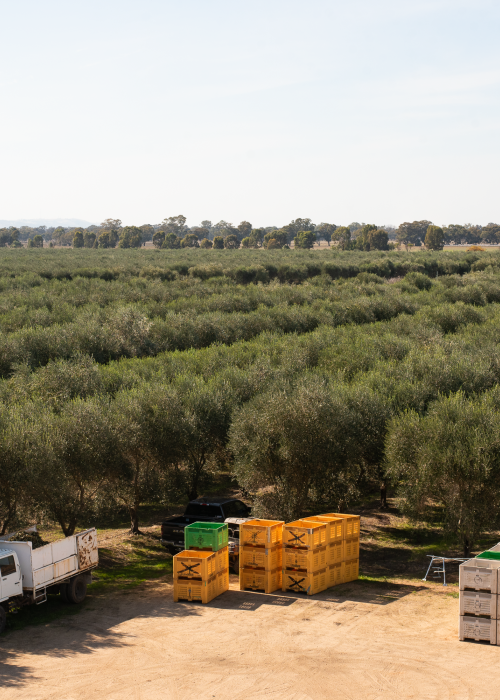Extra virgin, first pressed, cold pressed, light, virgin... have I missed any? Well there is an absolute caboodle of classifications out there when it comes to olive oil but the question you may ask yourself is 'what do they all mean?'. This is certainly something we get asked regularly during tastings, trade shows and at farmers markets and it's often hard to give a succinct answer that really answers the question. So, here we go. This is our guide to olive oil labeling and making sure you get the best olive oil.
When considering the grading or classification of olive oil, the most important thing is knowing what you are getting. Some of the titles (or lack thereof) offered on labeling is vague, and for good reason.
Here is a quick rundown of the most popular classifications for olive oil labels:
Extra Virgin - Extra Virgin olive oils come from the first pressing and cold pressing of the olive. This is when the fruit holds the premium taste, smell and health benefit. It is a fruit juice and the quality should be evident. But this isn't enough to be officially classified 'extra virgin', as other processing variables like the time between harvesting the fruit and pressing can affect the oil's acidity also. The oil will need to contain an oleic acid content of below 0.8% when lab tested to be officially labeled 'extra virgin'.
Many people ask: is this extra virgin olive oil first pressed or cold pressed? The answer is actually in the question - for the oil to be extra virgin, it must be extracted below 30 degrees (cold) and only be pressed (or extracted) once. Is this rabbit a bunny? Of course it is!
Virgin, Pure and Lite Olive Oil - Now we are (literally) scraping the bottom of the barrel. If you are buying 'olive oil' without any mention of 'extra virgin' you are getting second press oil that has necessitated chemicals or heat to extract the oil for a second time. Why is this not ideal? Well, while the use of chemicals in any food process is not a first choice, the use of heat in the extraction process strips out the majority of the good stuff - we're talking polyphenols, antioxidants and vitamins, these boost immunity, heart health, and improve your skin and vitality (and so much more). In 2011 the Australian and New Zealand Olive Oil producers drafted a code of practice that suggested we label any oils other than extra virgin as "refined". This is the most transparent and appropriate method of labeling, although I prefer the Italian term Lampante; in recognition that this kind of oil is only good for burning in lamps.
So, what can we glean from this info?
Well, our advice is this:
- Stay away from any product that doesn't state 'EXTRA VIRGIN' on the label.
- Buy Australian extra virgin olive oil. As far as we know, it will always be extra virgin (although unbelievably this is not always the case when it comes to international products). See our blog post 'Why Should I Buy Australian Olive Oil').
Check out our range of true, Australian 'Extra Virgin' olive oil here
Looking for a great recipe that allows your Mount Zero Extra Virgin Olive Oil to sing? Try this.... http://recipeyum.com.au/pomodorini-confit-slow-cooked-baby-tomatoes/




